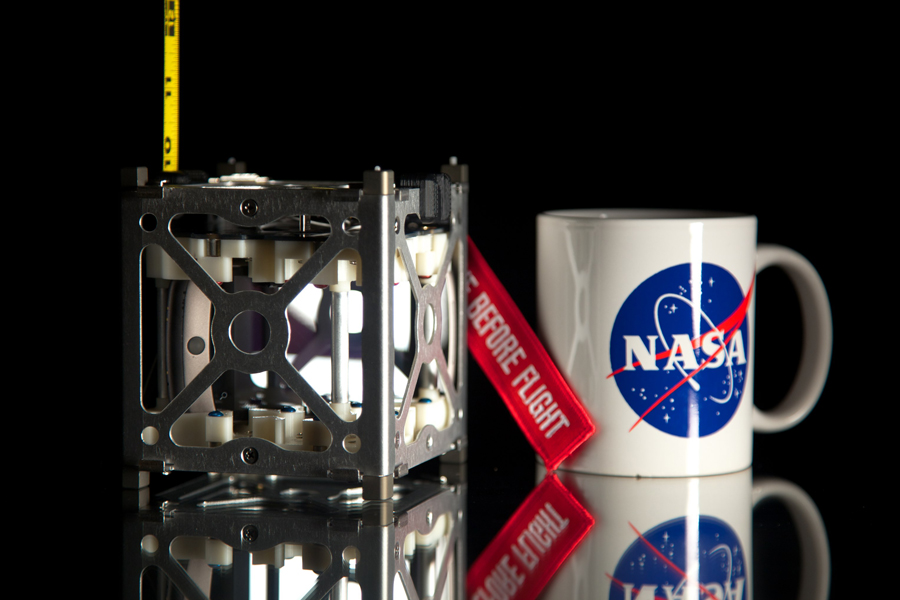NASA successfully launches three tiny smartphone satellites
April 24, 2013

Phonesat (credit: NASA)
Three “PhoneSats” rode to space Sunday aboard the maiden flight of Orbital Science Corp.’s Antares rocket from NASA’s Wallops Island Flight Facility in Virginia.
The goal of NASA‘s PhoneSat mission is to determine whether a consumer-grade smartphone — such as the Nexus One phones running Android, used here — can be used as the main flight avionics of a capable, yet very inexpensive, satellite.
Transmissions from all three PhoneSats have been received at multiple ground stations on Earth, indicating they are operating normally. The PhoneSat team at the Ames Research Center in Moffett Field, Calif., will continue to monitor the satellites in the coming days. The satellites are expected to remain in orbit for as long as two weeks.
The small, low-cost, powerful satellites are designed for for atmospheric or Earth science, communications, or other space-born applications, and will open up space to commercial, academic and citizen-space users.
Satellites consisting mainly of the smartphones will send information about their health via radio back to Earth in an effort to demonstrate they can work as satellites in space. The spacecraft also will attempt to take pictures of Earth using their cameras.

Dashboard allows amateur radio operators and others to track the location of the PhoneSat satellites in real time (credit: NASA)
Amateur radio operators around the world can participate in the mission by monitoring transmissions and retrieving image data from the three satellites. Large images will be transmitted in small chunks and will be reconstructed through a distributed ground station network.
PhoneSat satellites are emitting packets over the amateur radio band at 437.425 MHz. All three satellites transmit using AFSK (1200 bps) modulation, AX.25 packet coding and have vertical linear polarization (packet details here).
The two PhoneSat 1.0 satellites, Graham and Bell, transmit with a periodicity of respectively 28 seconds and 30 seconds. The PhoneSat 2.0 beta satellite, Alexander, transmit with a periodicity of 25 seconds.
NASA’s off-the-shelf PhoneSats already have many of the systems needed for a satellite, including fast processors, versatile operating systems, multiple miniature sensors, high-resolution cameras, GPS receivers and several radios.
NASA engineers kept the total cost of the components for the three prototype satellites in the PhoneSat project between $3,500 and $7,000 by using primarily commercial hardware and keeping the design and mission objectives to a minimum.
NASA added items a satellite needs that the smartphones do not have — a larger, external lithium-ion battery bank and a more powerful radio for messages it sends from space. The smartphone’s ability to send and receive calls and text messages has been disabled.
Each smartphone is housed in a standard cubesat structure, measuring about 4 inches square. The smartphone acts as the satellite’s onboard computer. Its sensors are used for attitude determination and its camera for Earth observation.
The PhoneSat mission is a technology demonstration project developed through the agency’s Small Spacecraft Technology Program, part of NASA’s Space Technology Mission Directorate.